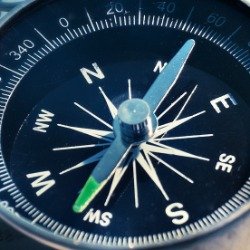- DOUBLE-ENTRY BOOKKEEPING
Without a system to record and track the flow of cash within a firm, a business cannot accurately conduct its operating functions or make clear operating decisions. so as to effectively operate, a business must make sure that the cash inflow from operating, financing, and investing activities is in balance with the cash outflows that are associated with expenditures. To do this, accountants use a system of double-entry accounting to debit (remove) or credit (add) money as it flows into and out of their business. double-entry bookkeeping requires two entries per transaction, which provides cross-checks and reduces errors. within the record of each financial transaction the subsequent equation remains in balance in the slightest degree times:
Assets = Liabilities + Owners’ Equity (Capital)
Assets are what an organization owns, like equipment, buildings, and inventory. Claims on assets include liabilities and owners’ (stockholders) equity. Liabilities are what an organization owes, like notes payable, trade accounts payable, and bonds. Owners’ equity represents the claims of homeowners against the business.
The double-entry system provides checks and balances that ensure that the books are always kept in balance. Each transaction is recorded as a debit or a credit, with total assets equaling the accumulation of liabilities and owners’ equity.


